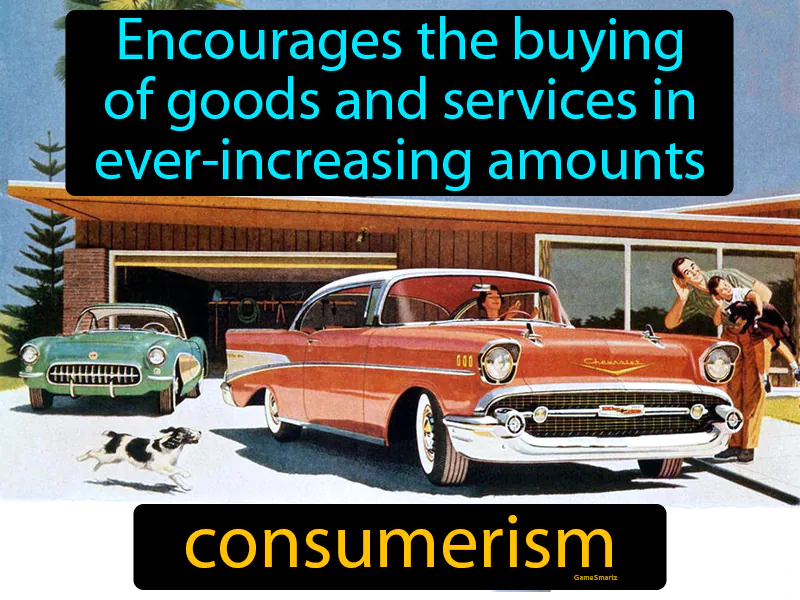Consumerism
Consumerism: Easy to understand
After World War II, from 1946 to 1960, the United States experienced a period known as the Postwar Boom, where consumerism became a key part of society. With factories shifting from producing war materials to consumer goods, people were encouraged to buy more products like cars, televisions, and household appliances. This surge in consumerism responded to the need for economic growth and job creation after the war. Today, consumerism still impacts everyday life through advertising that encourages us to buy the latest gadgets or fashion. For example, many people feel pressure to upgrade their smartphones regularly, which can affect personal finances and contribute to environmental waste.

Practice Version

Consumerism: Encourages the buying of goods and services in ever-increasing amounts. Consumerism. In history, consumerism refers to the cultural shift where people began to place a high value on purchasing and accumulating goods, especially during the 20th century's economic boom.